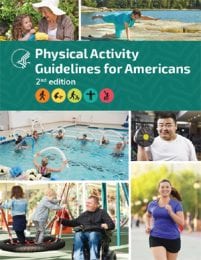 The holiday season is here and parties and gatherings are being planned to celebrate the season. Whether it is a small gathering or a large office potluck, remember to bring healthy treats to curb high-calorie snacking.
The holiday season is here and parties and gatherings are being planned to celebrate the season. Whether it is a small gathering or a large office potluck, remember to bring healthy treats to curb high-calorie snacking.
Holidays offer many food temptations. Spread out the sweet treats so they are not lurking around every corner. Guests will appreciate lighter, non-sweet options more than you think. Parties can be stressful for some because they feel overwhelmed and forget that the season should be fun. This leads to mindless snacking and extra calories.
Offer healthy choices such as using whole wheat bread for sandwiches and seltzer water with fruit instead of soda. Encourage people to take a walk to work off holiday stress and anxiety.
Do you have several parties to attend? Plan ahead to help reduce those extra calories. Eat a small meal for breakfast with whole grains, fruit and protein. Don’t starve yourself thinking you’ll save room for party food. Take small bites and savor the delicious party foods. Go through the buffet once to reduce nibbling.
Above all, take time to relax and enjoy the holiday season!
Source: www.cdc.gov/features/healthy-holidays-work/index.html and www.eatright.org/health/lifestyle/seasonal/helpful-tips-for-healthy-holiday-parties





